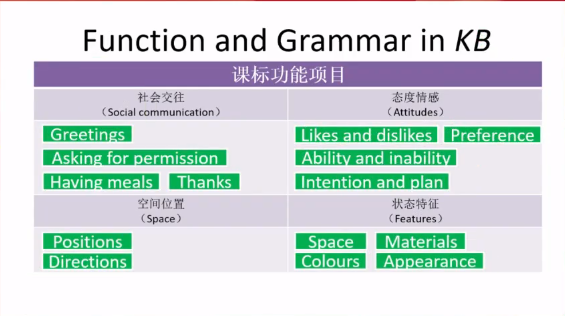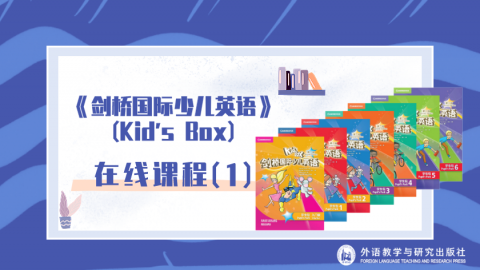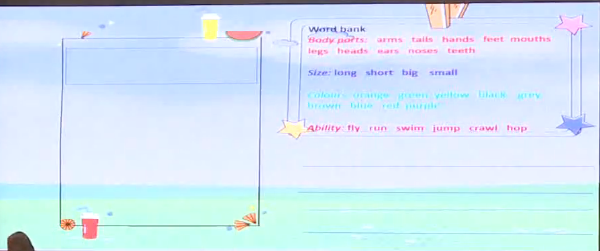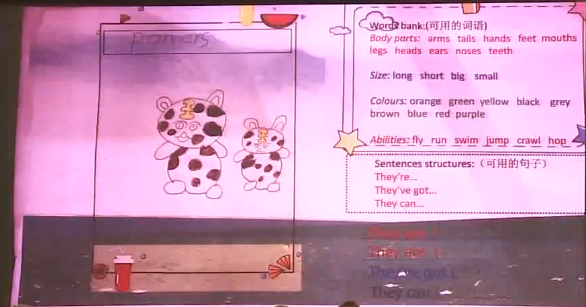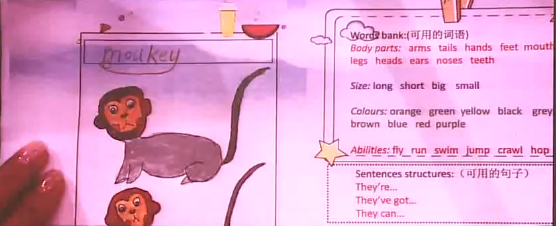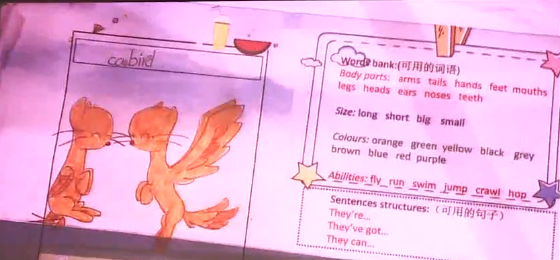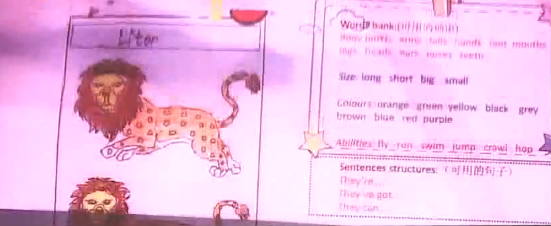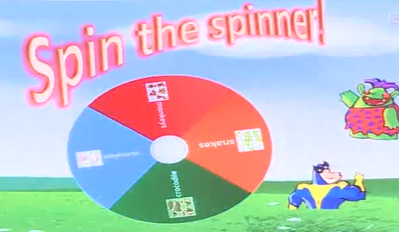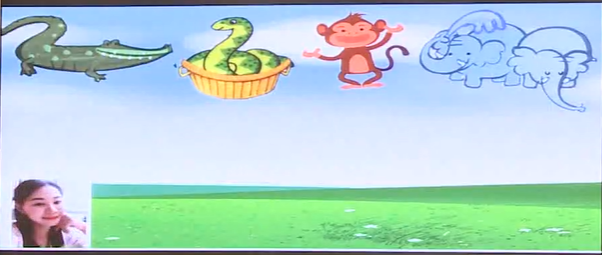剑桥1~2
1、通过情境学习词汇。
2、通过chant 学习词汇
3、语言知识
4、通过歌曲巩固和复现词汇
5、通过情境学习语音
6、故事教学:复现语言知识点,探索学习其他内容。
7、CLIL教学
8、Values

9. Revie Unit
听说读到写得引入
剑桥3~4
词汇在听力中学习(Vocabulary Listening)
词汇在语法教学和阅读中学弟Vocabulary & Grammar Reading
听说读写全面发展
1、听力input 词汇学习输入
2、歌曲input Vocabulary & Grammar巩固复现,通过ask and answer 来复习
3、语法点:通过listening and speaking
input and intake (词汇、语法的输入和内化)
4、通过读、听、写进行语法练习(Grammar: Reading&Listening, Speaking& Writing)
5、语音教学(Pronunciation:Listening&Speaking;Interaction:Speaking)--output
6、故事教学 Lock&Key 巩固词汇和语法,为下一次的教学做铺垫
7、CLIL教学 (Reading泛读学语言知识)
剑桥5~6
1、听力技能
2、语法学习和练习
听力中来学习语法,通过一些活动
3、语篇(Reading skills---reading for gisy大意),在阅读中学习词汇,培养阅读技能。
4、阅读练习
(通过阅读来培养技能)
5、语音(Phonics for enhance spelling awareness; From oral skills to writing skills,buiding up senctences and paragraphs.)
6、故事教学,趣味阅读,培养阅读兴趣。
7、CLIL教学 大量的泛读(Teaching objectives: Ultimate goal of learning language---Using the language)
主题和词汇的循环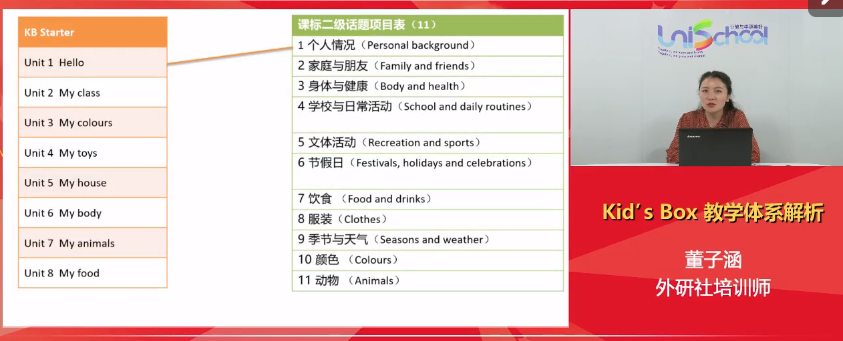

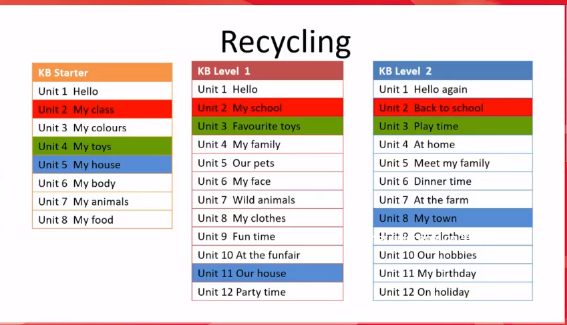
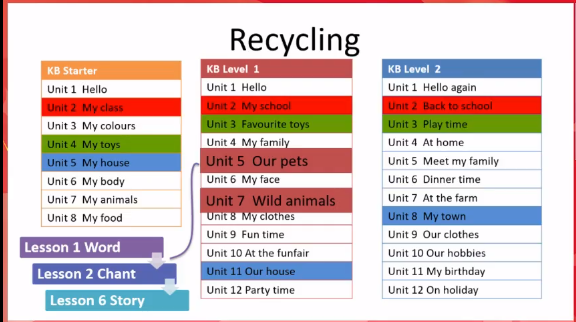
语法和功能复现
